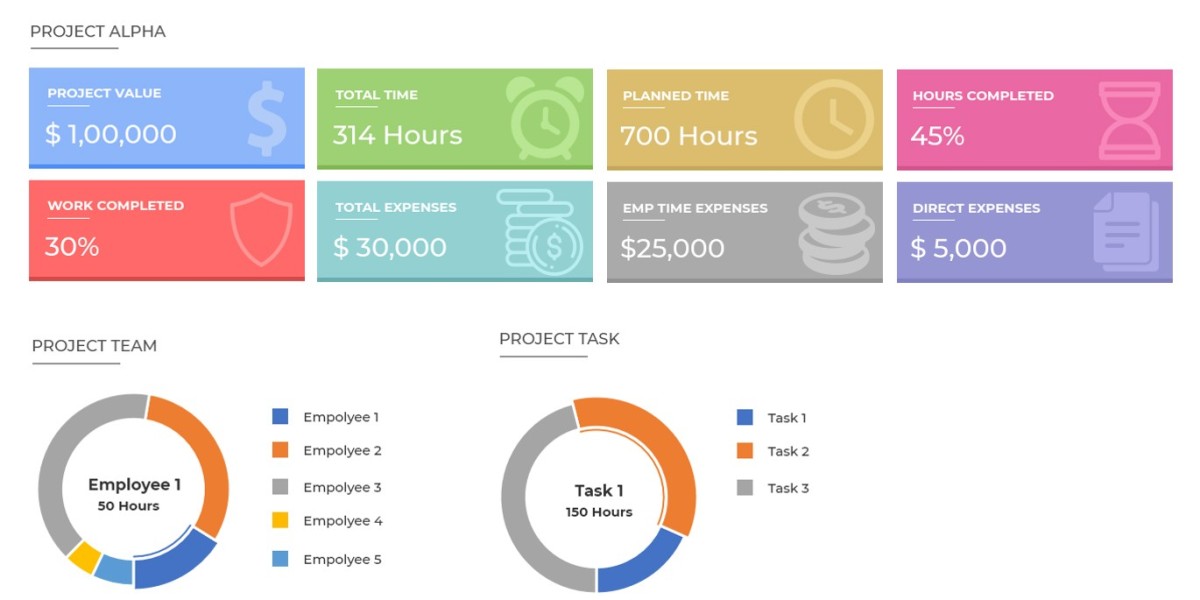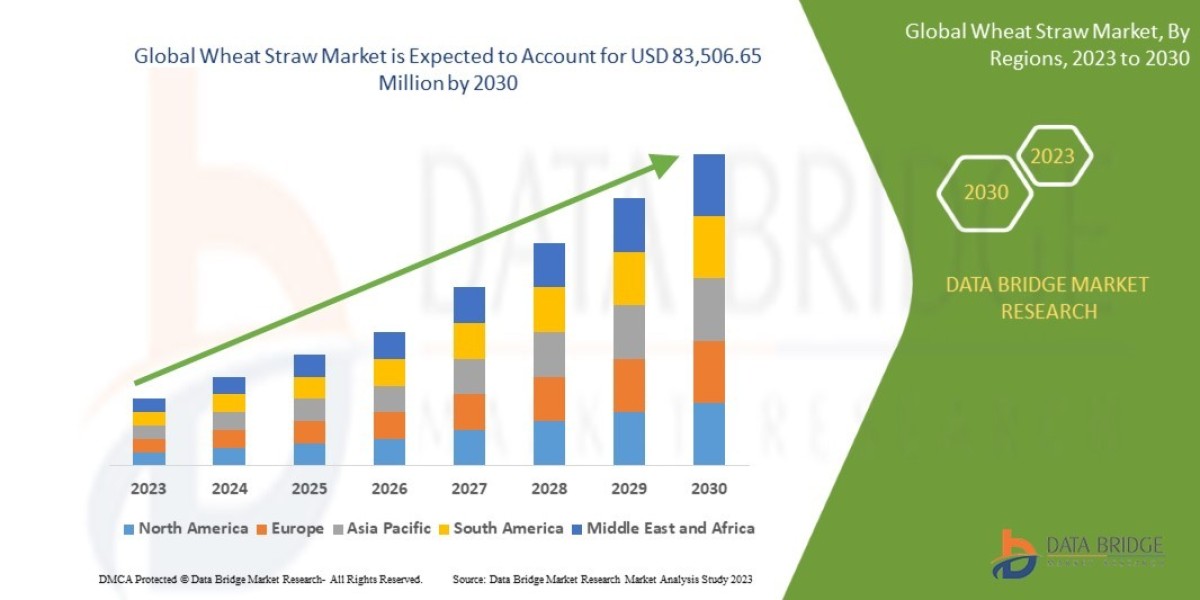Pakistan's construction industry plays a crucial role in the nation’s economy. With major infrastructure projects, real estate developments, and housing schemes expanding across the country, the pressure on builders, contractors, and developers to deliver efficiently has never been higher.
But despite this boom, many companies still manage their projects through manual logs, scattered spreadsheets, or WhatsApp messages—methods that are no longer sustainable in today’s fast-paced, competitive market. To stay relevant and profitable, the industry is turning to a powerful ally: Construction Project Management Software in Pakistan.
This technology isn't just for global corporations anymore—it's becoming essential for Pakistani construction firms looking to increase efficiency, control costs, and deliver on time.
What is Construction Project Management Software?
Construction Project Management Software is a digital tool that integrates the key aspects of a building project into one streamlined system. From design and procurement to scheduling, labor management, and reporting, CPMS ensures all moving parts of a project are coordinated effectively.
For Pakistani firms dealing with frequent delays, budget overruns, and site miscommunication, CPMS offers structure, transparency, and real-time insights that manual systems simply can't match.
Why CPMS Matters Now in Pakistan
1. Construction is Getting More Complex
Whether it's a 50-unit housing society or a national infrastructure corridor, construction in Pakistan today involves multiple subcontractors, government approvals, logistical challenges, and tight timelines.
2. Clients and Investors Demand More
Modern clients expect transparency, progress updates, and professional reporting—something only digital tools can provide efficiently.
3. Competitive Pressure is Increasing
With more players entering the market, firms need to work faster and smarter to win tenders and maintain profitability.
4. Regulations Are Becoming Stricter
Authorities in cities like Lahore, Karachi, and Islamabad are enforcing tighter documentation and quality standards, making digital project tracking increasingly important.
Features of CPMS That Are Making an Impact
Task and Timeline Management
With visual tools like Gantt charts and milestone tracking, project managers can assign tasks, set deadlines, and spot delays before they escalate.
Budgeting and Financial Control
CPMS provides real-time cost tracking, helping prevent overspending and allowing managers to forecast budget requirements with greater accuracy.
Document and Drawing Management
Instead of paper folders or email chains, all blueprints, contracts, and permits are stored in a single, accessible digital location.
Communication and Collaboration
On-site and off-site teams can stay connected via built-in messaging, updates, and alerts. No more miscommunications over text or phone calls.
Mobile Site Monitoring
Most CPMS platforms now have mobile apps, enabling site engineers and supervisors to upload photos, complete checklists, and submit reports directly from the construction site.
Local Adoption: Where Pakistan Stands
In the last few years, adoption of CPMS has accelerated in Pakistan—especially among:
Private developers in Lahore and Islamabad building high-rise residential and commercial projects
Contractors involved in public works such as roads, bridges, and schools
Real estate companies managing large-scale housing societies
Engineering consultancies providing project oversight services
While many small firms still rely on traditional systems, mid-sized and large companies are increasingly investing in digital platforms to gain a competitive edge.
Popular Software Platforms in the Pakistani Market
Both global and local platforms are making their mark:
Procore: Widely used for complex infrastructure and commercial projects.
Buildertrend: A favorite among small contractors for residential projects.
Autodesk Construction Cloud: Ideal for firms that integrate design with execution.
Fieldwire: Great for managing day-to-day site activity.
BuildMate PK: A local solution offering Urdu language support and tailored features for Pakistani regulations.
Success Stories: The Impact of CPMS
Case 1: Karachi Commercial Project
A contractor building a multi-story plaza in Clifton implemented CPMS to coordinate between architects, engineers, and vendors. The result:
Delivery time improved by 20%
Client satisfaction increased with weekly progress dashboards
Procurement delays dropped significantly due to better material tracking
Case 2: Public School Construction in Punjab
A local firm won a government tender to build six schools. Using mobile-enabled CPMS:
Field teams submitted daily updates from rural sites
The head office reduced travel costs by 35%
The company delivered ahead of schedule and gained new public contracts
Challenges in Adopting CPMS in Pakistan
Despite growing popularity, barriers remain:
1. Cost of Software and Licensing
Some global platforms charge in dollars, which can be expensive for smaller Pakistani firms. This limits access to advanced tools.
2. Training and Digital Literacy
Many site staff are not familiar with using software, requiring extra investment in training and support.
3. Connectivity Issues
Remote project sites often lack stable internet, making real-time updates difficult unless the platform offers offline functionality.
4. Cultural Resistance
Contractors and managers who have worked for decades using pen-and-paper may resist shifting to software-based systems.
How to Overcome These Barriers
Start Small: Many platforms offer basic plans that can be scaled up as needed.
Invest in Training: Regular workshops and team onboarding can ease the transition.
Choose Localized Solutions: Platforms that support Urdu, PKR, and local compliance reduce complexity and cost.
Show ROI: Demonstrating the savings and time reduction possible with CPMS helps build buy-in from stakeholders.
The Road Ahead: What’s Next for CPMS in Pakistan?
As Pakistan continues to modernize, the role of CPMS will only grow. Here’s what the future may hold:
AI-driven planning: Predict delays or budget risks using artificial intelligence
Integration with BIM: Merge 3D models with real-time project data for better decision-making
Cloud and IoT solutions: Monitor on-site machinery, temperature, and worker safety with smart sensors
Paperless compliance: Automatically generate safety, quality, and inspection reports for regulatory authorities
In time, CPMS could become a basic requirement for bidding on public-sector projects—just like safety gear or insurance today.
Conclusion: Building Smarter, Building Better
Construction Project Management Software is not just a tool—it’s a strategy. It helps companies in Pakistan deliver faster, cut costs, reduce risks, and satisfy clients. Whether you’re a growing developer in Faisalabad or a government contractor in Peshawar, adopting CPMS could be the difference between a successful project and a costly delay.














